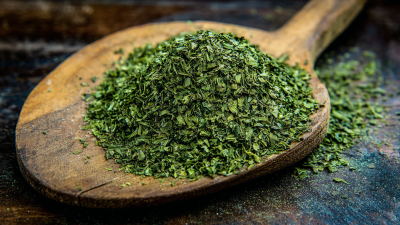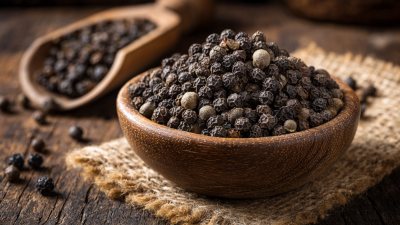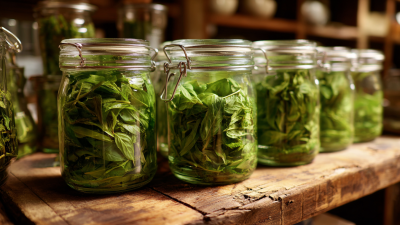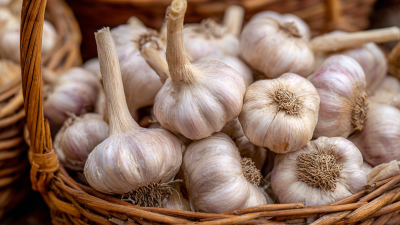In recent years, the popularity of freeze dried fruits has surged, captivating health enthusiasts and culinary professionals alike. These nutrient-dense snacks offer a delightful burst of flavor while preserving the essential vitamins and minerals found in fresh fruit. In this comprehensive guide, we will explore the numerous benefits of freeze dried fruits, discussing their convenience, long shelf life, and versatility in various recipes.
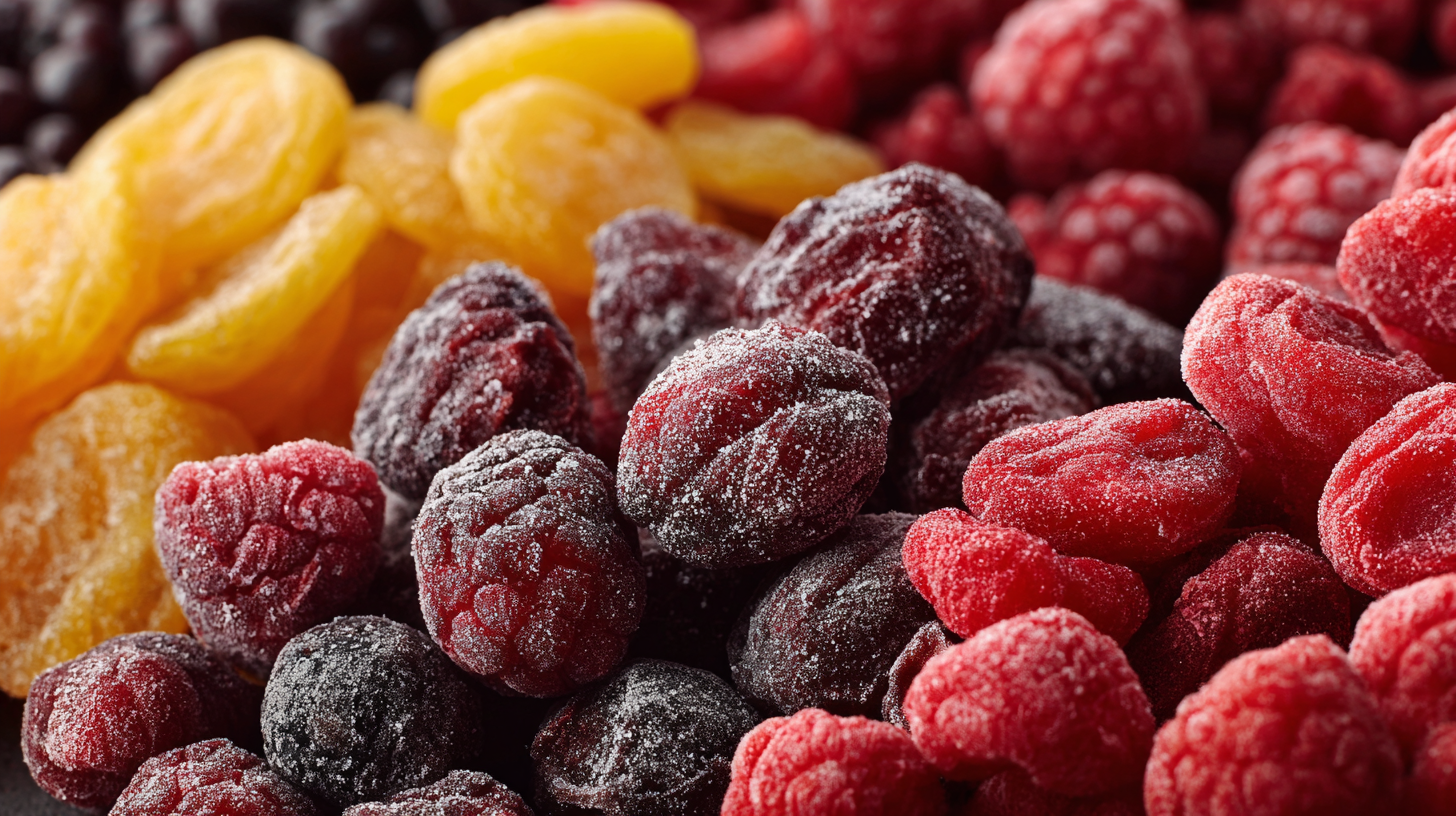
From enhancing breakfast cereals to creating flavorful smoothies, freeze dried fruits can seamlessly integrate into your daily diet. This guide will also provide practical tips on how to select the best freeze dried options, incorporate them into your meals, and maximize their nutritional value. Whether you are looking to boost your health or elevate your cooking, understanding the potential of freeze dried fruits is the key to unlocking a powerhouse of nutrition and taste in your kitchen.
Freeze drying is a dehydration process that involves removing moisture from fruits while retaining their nutritional integrity. This method works by freezing the fruit and then subjecting it to a vacuum that allows the ice to transition directly to a vapor, bypassing the liquid phase. The result is a lightweight, shelf-stable product that retains vitamins, minerals, and antioxidants much more effectively than traditional drying techniques. Recent advancements in drying technologies showcase the importance of optimizing nutritional retention, as seen with innovations aimed at boosting efficiency and ensuring food safety in various industries.
The benefits of freeze-dried fruits extend beyond convenience and shelf life; they are concentrated sources of essential nutrients, making them a valuable addition to a balanced diet. This process significantly preserves the original flavor and texture of the fruit, allowing consumers to enjoy the benefits of fresh produce in an easy-to-use form. Furthermore, incorporating freeze-dried fruits into your meals can enhance overall dietary quality, providing a tasty and nutritious option for snacks, smoothies, and baked goods. As research in food preservation technology continues to evolve, understanding the freeze drying process will help consumers make informed choices about their nutrition.
This chart compares the nutritional values of freeze-dried fruits versus their fresh counterparts, highlighting the vitamin C content, fiber, and calories per 100g serving.
Freeze-dried fruits are an excellent way to incorporate essential vitamins and minerals into your diet while enjoying the convenience of a long shelf life. The process of freeze drying preserves the nutritional content of fruits, capturing their natural flavors and colors. Key vitamins such as vitamin C, which is crucial for immune function and skin health, remain intact. Additionally, minerals such as potassium and magnesium, which support heart health and muscle function, are abundant in freeze-dried fruits.
When consuming freeze-dried fruits, consider incorporating them into your daily meals. They make a delightful addition to smoothies, oatmeal, or yogurt, enhancing both taste and nutrition. Moreover, they can serve as a convenient snack option—perfect for on-the-go lifestyles.
Tip: To maximize the nutritional benefits, choose freeze-dried fruits without added sugars or preservatives. Opting for organic varieties can also help ensure that you're consuming fruits that are free from harmful chemicals. Enjoy the burst of flavor and nutrition that freeze-dried fruits offer without compromising on your health!
When selecting freeze dried fruits, it’s essential to prioritize quality and nutritional value. According to a report by the USDA, freeze drying preserves up to 97% of the vitamins and minerals present in fresh fruits. This makes freeze dried options a nutrient-rich alternative to traditional snacks. Look for products that are labeled as "100% freeze dried" to ensure you are getting the purest form without added sugars or preservatives. Brands that use whole fruits, rather than fruit powders, tend to offer better flavor and texture as well.
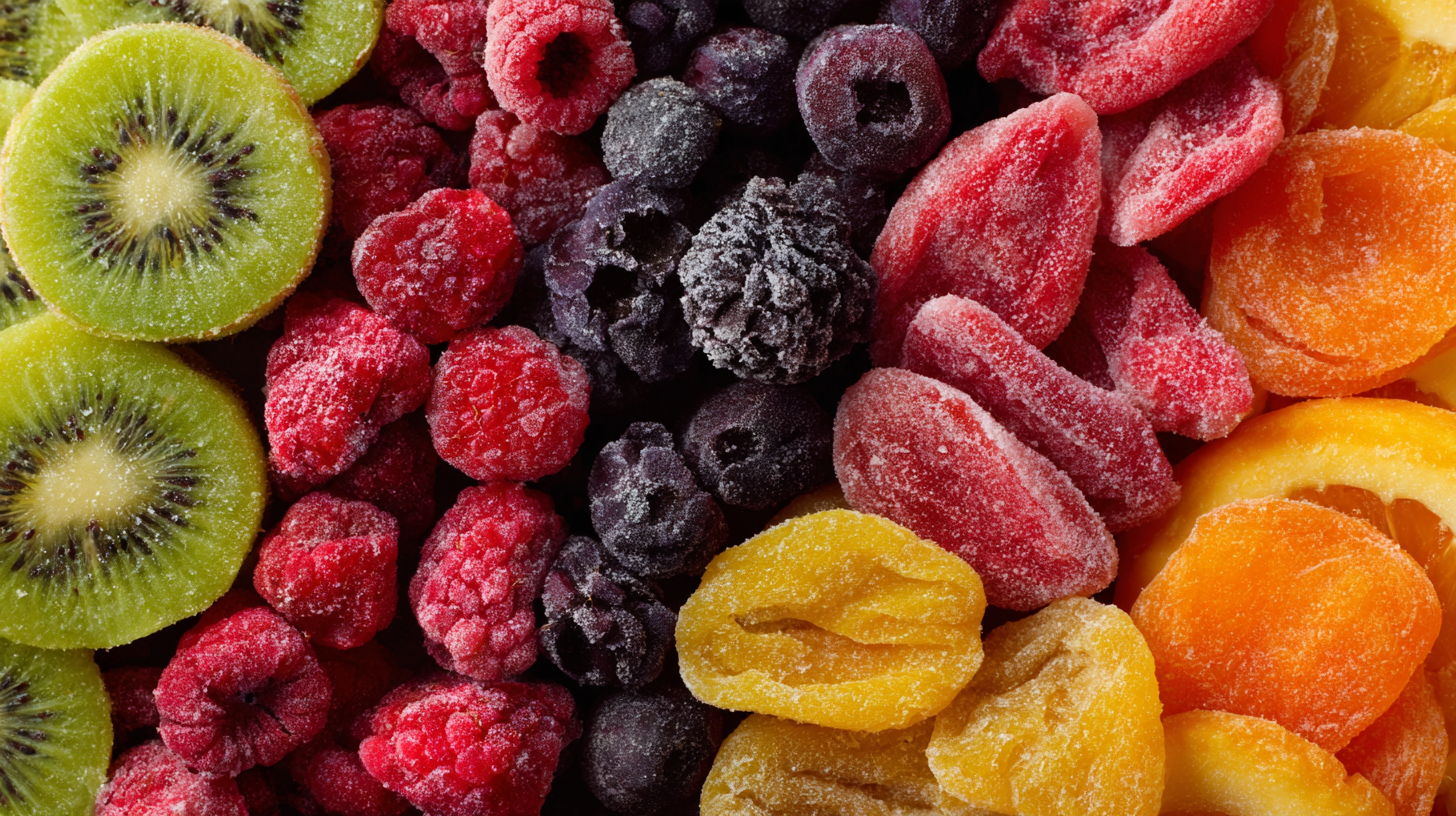
Storing freeze dried fruits properly is equally critical to maintain their longevity and nutritional benefits. The International Freeze Drying Institute recommends keeping these fruits in airtight, vacuum-sealed containers in a cool, dark place to protect them from moisture and light, which can degrade their quality. According to industry standards, if stored correctly, freeze dried fruits can last for up to 25 years, making them an excellent choice for long-term storage. By following these best practices, you can maximize the health benefits and enjoy the delicious flavor of freeze dried fruits for years to come.
Incorporating freeze-dried fruits into your diet can be both enjoyable and nutritious. One creative way to do so is by adding them to your morning oatmeal or yogurt. Just a handful of freeze-dried strawberries, blueberries, or bananas can enhance the texture and flavor of your breakfast while providing a boost of vitamins and antioxidants. They rehydrate slightly, making them an excellent complement to creamy dishes, and their naturally sweet taste can reduce the need for added sugars.

Another fantastic method is to use freeze-dried fruits in baking. You can mix them into muffins, pancakes, or bread batter for a fruity twist. These fruits retain a robust flavor profile and vibrant color, elevating your baked goods visually and nutritionally. Moreover, they can be blended into smoothies for a quick, nutrient-packed drink, or sprinkled on salads for a refreshing crunch. The versatility of freeze-dried fruits ensures they can be seamlessly integrated into various meals, making healthy eating both exciting and simple.
Freeze-dried fruits are often misunderstood, with many believing they are inferior to fresh produce. However, experts have debunked several myths surrounding freeze-dried fruits, highlighting their nutritional benefits. Research shows that freeze-drying helps preserve most of the vitamins, antioxidants, and nutrients found in fresh fruits, making them a convenient option for individuals seeking healthy snack alternatives. A study indicates that freeze-dried fruits retain up to 90% of their nutrients compared to fresh fruits after storage, making them a practical choice for on-the-go nutrition.
When considering the sugar content, it’s important to note that freeze-dried fruits may contain concentrated sugars due to the removal of water but are still generally lower in overall sugar than many processed snacks. This makes them a better option for those looking to satisfy their sweet tooth without the added preservatives.
**Tips:**
Make freeze-dried fruits part of your daily diet by adding them to smoothies, oatmeal, or yogurt. Always check the ingredient list for added sugars or preservatives to ensure you’re getting the healthiest option. Lastly, store your freeze-dried fruits in a cool, dark place to preserve their quality and nutritional value over time.
| Fruit Type | Nutritional Content (per 100g) | Freeze Dried (% of Fresh) | Common Myths |
|---|---|---|---|
| Strawberries | 32 kcal, 0.3g fat, 7.68g carbs, 2g fiber, 0.67g protein | 90% | Freeze dried fruits lose most vitamin C. |
| Bananas | 89 kcal, 0.3g fat, 22.84g carbs, 2.6g fiber, 1.09g protein | 95% | Freeze drying removes most of the nutrients. |
| Apples | 52 kcal, 0.2g fat, 13.81g carbs, 2.4g fiber, 0.26g protein | 85% | Fresh fruits are always better than freeze dried. |
| Blueberries | 57 kcal, 0.3g fat, 14.5g carbs, 2.4g fiber, 0.74g protein | 92% | Freeze dried fruits contain added sugars. |
| Peaches | 39 kcal, 0.25g fat, 9.54g carbs, 1.5g fiber, 0.91g protein | 88% | Freeze dried fruits are less flavorful. |
